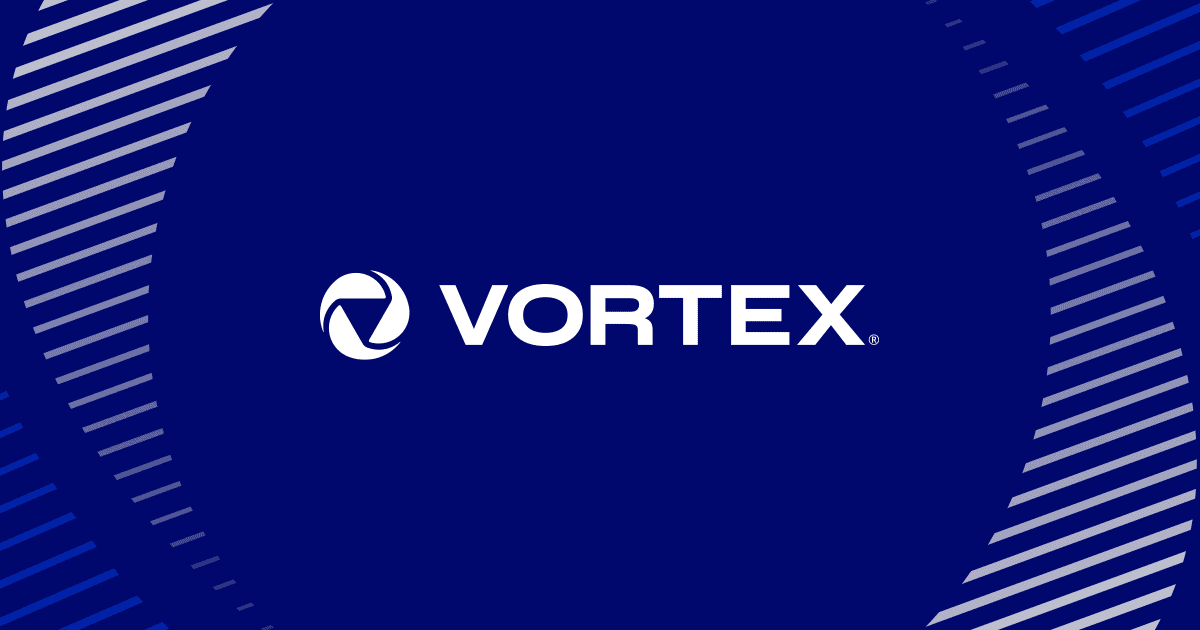Vortex doors are an innovative solution in modern architecture that combines functionality with aesthetic appeal. These unique doors not only enhance the entrance of buildings but also contribute to energy efficiency and user experience. In this article, we will delve into the fascinating world of vortex doors, exploring their design, benefits, and various applications that make them a preferred choice in contemporary architecture.
As the demand for energy-efficient buildings continues to rise, architects and designers are increasingly turning to vortex doors as a viable solution. These doors utilize advanced technology to minimize air leakage and provide a seamless transition between indoor and outdoor environments. In addition to their practical benefits, vortex doors also add a touch of elegance to any entryway, making them a popular choice for commercial and residential properties alike.
Join us as we explore the ins and outs of vortex doors, their technological advancements, historical background, and how they are revolutionizing the way we think about entrances in buildings. Whether you are an architect, builder, or simply an enthusiast of modern design, this article will provide valuable insights into the future of vortex doors.
Table of Contents
- What Are Vortex Doors?
- The Technology Behind Vortex Doors
- Benefits of Vortex Doors
- Applications of Vortex Doors
- Design Options for Vortex Doors
- Vortex Doors vs. Traditional Doors
- Case Studies of Vortex Doors in Use
- The Future of Vortex Doors
What Are Vortex Doors?
Vortex doors are advanced entry systems that create a controlled airflow environment, allowing for the efficient movement of people while minimizing the exchange of air between the interior and exterior of a building. This type of door is often circular or semi-circular and operates on a revolving mechanism, which facilitates a smooth transition for users while preventing drafts, dust, and noise from penetrating the building.
Key Features of Vortex Doors
- Revolving design for easy access
- Energy-efficient by reducing air exchange
- Customizable materials and finishes
- Enhanced aesthetic appeal for modern architecture
The Technology Behind Vortex Doors
The technology implemented in vortex doors is designed to optimize energy efficiency and user experience. These doors often feature sensors that detect the presence of individuals, adjusting their speed and rotation accordingly to facilitate smooth entry and exit.
Components of Vortex Door Technology
- Smart sensors for automated operation
- Energy-efficient motors
- Sealing systems to minimize air leakage
- Advanced control systems for customization
Benefits of Vortex Doors
Vortex doors offer numerous benefits that make them an attractive option for both commercial and residential properties. Some of the key advantages include:
- Energy Efficiency: By reducing the amount of air that escapes or enters a building, vortex doors help maintain a stable indoor climate, leading to lower energy costs.
- Improved Comfort: Users experience less discomfort from drafts, making vortex doors particularly appealing in high-traffic areas.
- Enhanced Aesthetics: The modern design of vortex doors adds an element of sophistication to any building.
- Accessibility: These doors can be designed for easy access, accommodating individuals with mobility challenges.
Applications of Vortex Doors
Vortex doors are versatile and can be used in various settings, including:
- Shopping malls
- Airports
- Office buildings
- Hotels and restaurants
Design Options for Vortex Doors
When it comes to design, vortex doors offer a plethora of customization options. Architects and builders can choose from a range of materials, colors, and finishes to ensure that the door complements the overall aesthetic of the building.
Material Choices
- Glass for a transparent look
- Aluminum for durability
- Wood for a classic touch
Vortex Doors vs. Traditional Doors
While traditional doors have been widely used for decades, vortex doors present several advantages that make them a superior option in many cases.
Comparison Table
| Feature | Vortex Doors | Traditional Doors |
|---|---|---|
| Energy Efficiency | High | Moderate |
| Accessibility | Enhanced | Standard |
| Aesthetic Appeal | Modern | Varied |
| Maintenance | Low | Variable |
Case Studies of Vortex Doors in Use
Several prominent buildings have successfully integrated vortex doors into their designs, showcasing their functionality and aesthetic benefits. Some notable examples include:
- The Louvre Museum, Paris
- Dubai Mall, UAE
- Shanghai Tower, China
The Future of Vortex Doors
The future of vortex doors looks promising as technology continues to advance. With a growing emphasis on sustainability and energy efficiency, vortex doors are likely to become a standard feature in modern architecture.
As architectural designs evolve, vortex doors will be at the forefront, offering innovative solutions that meet the demands of contemporary building requirements.
Conclusion
In conclusion, vortex doors represent a significant advancement in architectural design, offering numerous benefits including energy efficiency, aesthetic appeal, and enhanced user experience. As more architects and builders recognize the advantages of vortex doors, their popularity will undoubtedly continue to rise. We encourage you to leave your thoughts in the comments below, share this article with others, and explore more about modern architectural innovations on our site.
Penutup
Thank you for reading about vortex doors! We hope this article has provided you with valuable insights into this fascinating topic. Stay tuned for more articles that explore the latest trends in architecture and design.



